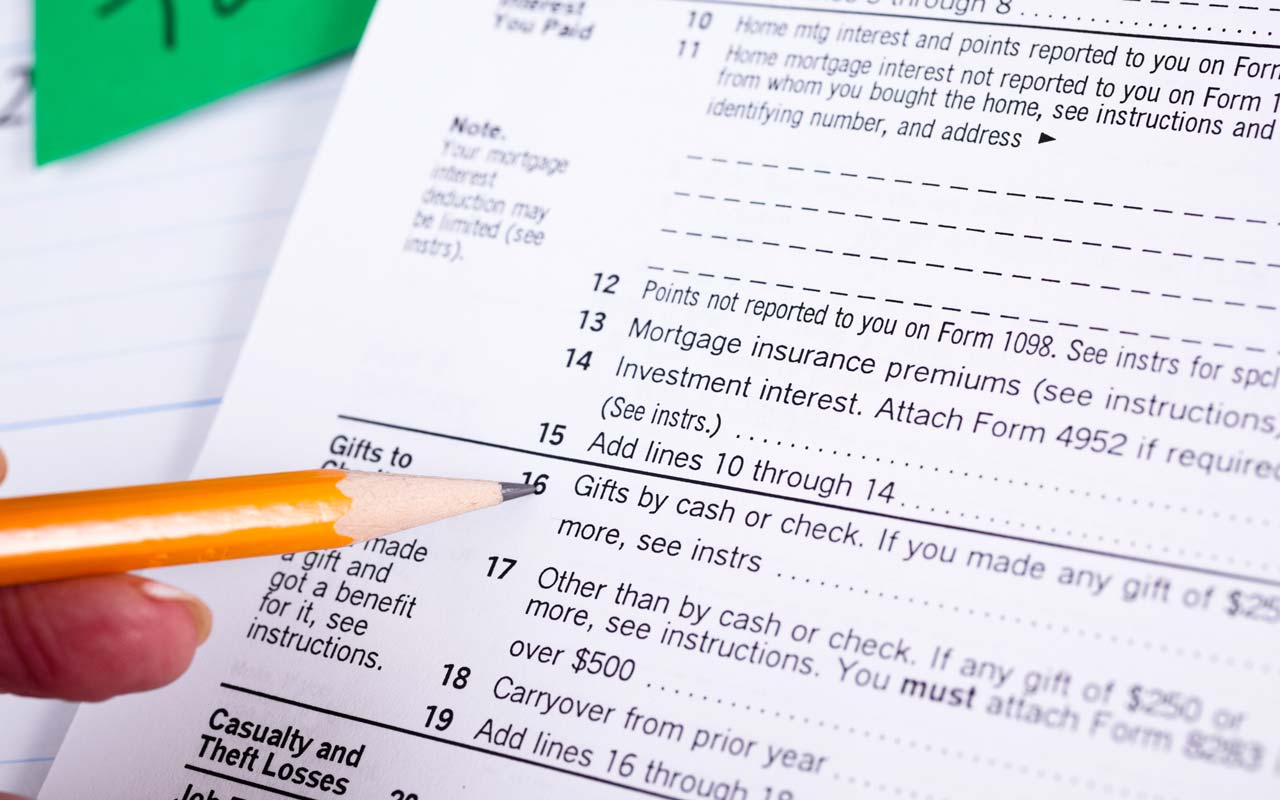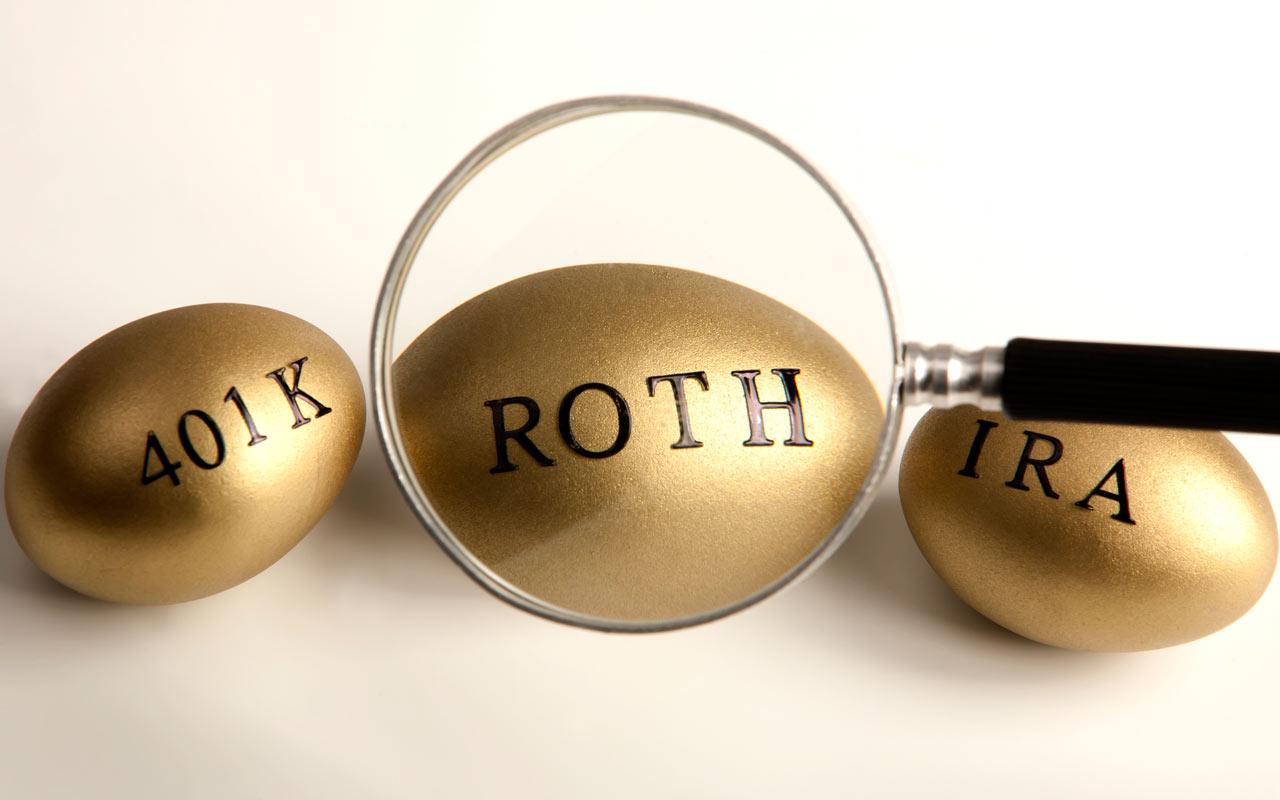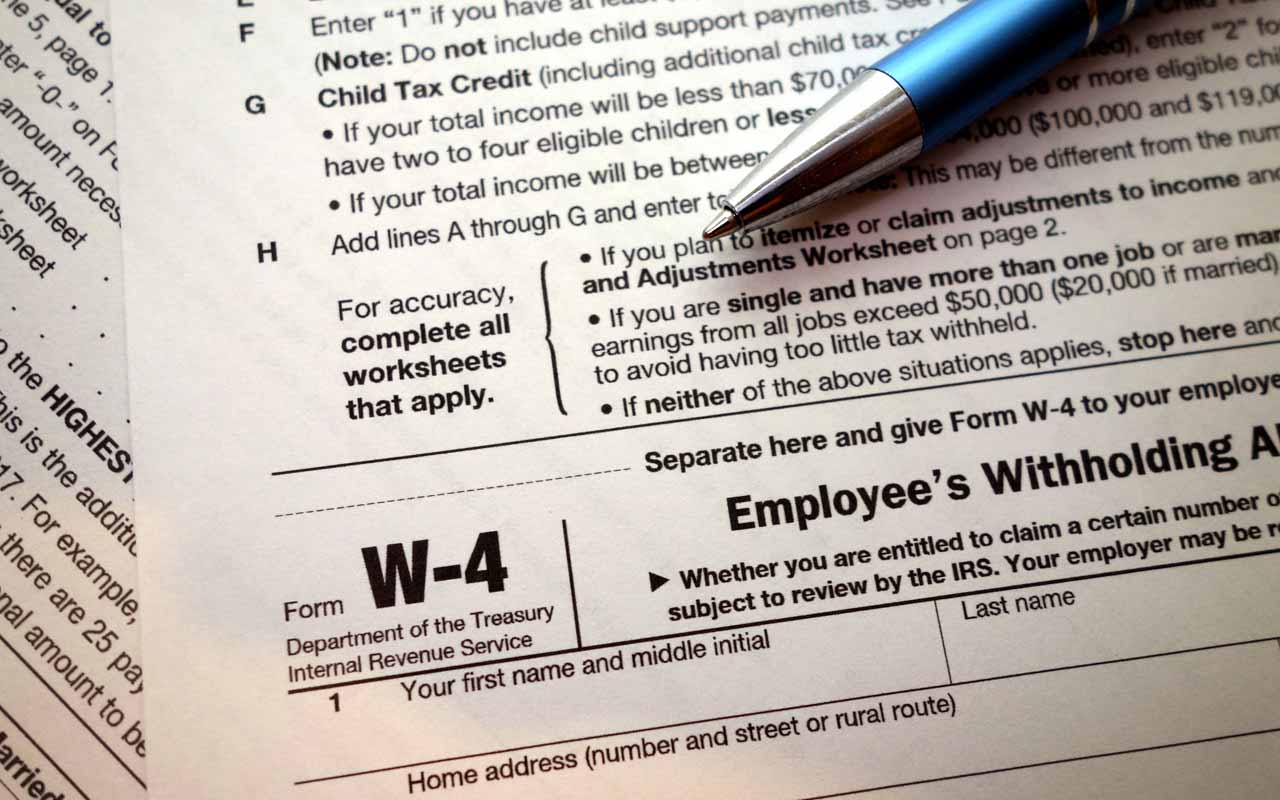Midyear Moves for Retirees to Rein In Their Tax Tabs
Halfway through the tax year is always a good time to assess where you stand with Uncle Sam.


Halfway through the tax year is always a good time to assess where you stand with Uncle Sam. You can see how the year’s tax bill is taking shape while you still have plenty of time to make tax-saving moves. It’s particularly critical to do a midyear assessment this year because the new tax law may have changed your tax picture.
“This is a year where people can be caught off-guard if not looking ahead at what their 2018 tax liability is,” says Keith Fenstad, director of financial planning at Tanglewood Total Wealth Management. Many taxpayers will find they owe less, while some will owe more. You may switch from itemizing to taking the standard deduction, or you may be off the hook for the alternative minimum tax.
Fire up a computer spreadsheet or pull out pen and paper and figure out where you stand. Then consider these moves to rein in your tax tab.

Boost Your Nest Egg
If you are still working, get on track to feather your nest egg to the maximum amount, which will help lower your taxable income. For 2018, those who are 50 and older can save up to $24,500 in a 401(k) and $6,500 in an IRA.
If you have retired but your spouse hasn’t, your spouse can contribute to a spousal IRA for you. Your spouse just has to earn enough income to cover both contributions to your IRA and any to her own IRA.
Once you hit age 70½, you (or your spouse on your behalf) can no longer contribute to a traditional IRA. But if you fall below the income thresholds, you can stash money in a Roth IRA, which has no age limit.

Build Health Savings
If you have a health savings account, squirrel away the maximum amount. For 2018, those with HSA-qualified family health coverage can put away $6,900, and those with self-only coverage can contribute up to $3,450. People age 55 or older can put in an extra $1,000. HSAs provide a tax-saving trifecta: The money is stashed away pretax, grows tax-free and can be withdrawn tax-free when used to pay qualifying medical expenses.
Once you enroll in Medicare, your HSA contributions must stop. But even when you can no longer contribute, you can use the money to cover qualified health expenses—including Medicare premiums.

Deduction Status
If you have itemized in the past, you may find this is the year you switch to the standard deduction. Either way, the route you expect to take can affect the tax-saving moves you want to make.
The standard deduction in 2018 rises to $12,000 for single filers and $24,000 for joint filers. While the standard deduction increases, tax reform limits itemized deductions in a number of ways. The write-off for state and local income, sales and property taxes, known as SALT, is capped at $10,000. That cap applies to both single and joint filers. Home-equity-debt interest is not deductible, unless the debt was used to improve the home. Miscellaneous deductions have also gone away.
Tax reform makes the hurdle to itemize a tall one. For seniors, it’s even higher because taxpayers 65 and older can still take an extra standard deduction—$1,300 per person for joint filers and $1,600 for single filers in 2018. For a married couple both age 65 and filing jointly, itemized deductions would have to surpass $26,600. Assuming the couple uses the full $10,000 write-off for SALT, they still have to come up with more than $16,600 in deductions to save by itemizing.
If you’re struggling to cross that hurdle, consider bunching your deductions, perhaps into every other year or every third year. “Double or triple up and itemize, then take the standard deduction in the next couple of years,” says Patrick Beaudry, senior resident at the PNC Center for Financial Insight. That way the deductions can pack a punch in your tax bill for one year, instead of going unused if spread out over each year.

Review Charitable Giving
For most taxpayers, it’s simplest to bunch charitable gifts. The charitable deduction “is the one deduction people have more control over,” says Tim Steffen, director of advanced planning for Baird Private Wealth Management.
A donor-advised fund makes it easy to use the bunching strategy. You can contribute to the fund this year to get the tax deduction, but you can direct how to give the money to charity at a future time. For instance, instead of spreading out $10,000 of charitable contributions per year for the next three years, you could give $30,000 to a donor-advised fund this year. You’d itemize your deductions this year, and you could take the standard deduction in the next two years. Meanwhile, you could still dole out $10,000 each year over the next three years from the donor-advised fund.
Another option is to do a qualified charitable distribution, which can particularly benefit charitable taxpayers who take the standard deduction and could not write off their gift. Traditional IRA owners who are 70½ or older can give up to $100,000 directly to a qualified charity. The QCD money won’t show up in your adjusted gross income. And if you do the QCD before satisfying the required minimum distribution, the QCD money can count toward part or all of the RMD.

Medical Expenses
One deduction that remains is the medical expense deduction. And it got sweeter for 2018, with the threshold dropping to 7.5% of adjusted gross income. Next year, that threshold rises to 10%. If possible, bunch medical costs into this year to take advantage of 2018’s lower threshold.

Roth Accounts
The lower rates enacted by tax reform are scheduled to sunset by 2026. Stashing money in a Roth won’t trim your 2018 tax tab, but if you think tax rates will climb in the future, it could be a good time to put money in a Roth and pay tax now instead of later.
If you’re still working, you could contribute to a Roth 401(k) or, if eligible, to a Roth IRA. But whether you are working or retired, and regardless of income or age, you could do a Roth conversion.
Because tax reform nixed the ability to reverse a Roth conversion starting this year, many experts advise waiting until near the end of the tax year to actually do the conversion. At that point, your tax picture will be finely tuned and you can convert an amount that keeps you in your current bracket. After all, if you convert $100,000, notes Jackie Perlman, senior analyst with H&R Block’s Tax Institute, you will pay tax on that $100,000. “Before you do it, make sure it’s a good idea,” she says. Understand the consequences of that extra taxable income in the current tax year.
You can minimize the tax impact by converting smaller amounts over time. With rates currently scheduled to rise in 2026, the next eight years could be an attractive window to do a series of conversions.
Having a source of tax-free income is becoming ever more valuable to retirees. Roth distributions don’t count when calculating tax on Social Security benefits or determining whether you’ll be subject to a Medicare premium surcharge. Roth IRAs also don’t have required minimum distributions, so the money can sit and grow until you need it. And if you don’t, that tax-free stash can pass to your heirs. “You’re prepaying tax not just for yourself, but for the next generation,” says Beaudry.

Speaking of Surcharges
Medicare premium surcharges can be hard to avoid. They start to kick in when modified adjusted gross income exceeds $85,000 for single filers and $170,000 for joint filers. The surcharges are based on information from tax returns two years prior, so your tax return for this year will determine your 2020 premiums.
As you assess your taxes midyear, consider whether you are on the threshold of surcharges. If so, perhaps you can postpone any income that might push you into surcharges, or into a higher level of surcharges. Or look for moves to rein in that income. For instance, “you don’t have to wait to harvest losses at the end of the year,” says Fenstad. He suggests realizing capital losses in your portfolio now to offset income at tax time.
A common culprit pushing taxpayers into surcharge territory: the sale of highly appreciated real estate or stock. Although you can appeal the surcharges for a qualifying life event, such as retirement or death of a spouse, a one-time spike in income isn’t a qualifying reason to get Medicare surcharges waived. Consider the timing of such a sale and fully understand the tax impact the profit will have before you sell.

Check Your Withholding
Check your withholding. Once you know how your 2018 tax burden is stacking up, make sure you are having enough tax withheld from wages or retirement income (or paying enough in estimated tax) to avoid getting socked with an underpayment penalty. Use our easy-to-use tax withholding calculator.
While you don’t want to pay too little, there’s also no need to pay too much. If you’ve been paying estimated taxes based on last year’s tax bill, for example, you may be giving Uncle Sam an interest-free loan if your bill will be significantly less this year.
Get Kiplinger Today newsletter — free
Profit and prosper with the best of Kiplinger's advice on investing, taxes, retirement, personal finance and much more. Delivered daily. Enter your email in the box and click Sign Me Up.

-
 The AI Doctor Coming to Read Your Test Results
The AI Doctor Coming to Read Your Test ResultsThe Kiplinger Letter There’s big opportunity for AI tools that analyze CAT scans, MRIs and other medical images. But there are also big challenges that human clinicians and tech companies will have to overcome.
By John Miley Published
-
 The Best Places for LGBTQ People to Retire Abroad
The Best Places for LGBTQ People to Retire AbroadLGBTQ people can safely retire abroad, but they must know a country’s laws and level of support — going beyond the usual retirement considerations.
By Drew Limsky Published
-
 What to Do With Your Tax Refund: 6 Ways to Bring Growth
What to Do With Your Tax Refund: 6 Ways to Bring GrowthUse your 2024 tax refund to boost short-term or long-term financial goals by putting it in one of these six places.
By Rachael Green Published
-
 What Does Medicare Not Cover? Eight Things You Should Know
What Does Medicare Not Cover? Eight Things You Should KnowHealthy Living on a Budget Medicare Part A and Part B leave gaps in your healthcare coverage. But Medicare Advantage has problems, too.
By Donna LeValley Published
-
 12 Great Places to Retire in the Midwest
12 Great Places to Retire in the MidwestPlaces to live Here are our retirement picks in the 12 midwestern states.
By Stacy Rapacon Published
-
 10 Cheapest Small Towns to Live In
10 Cheapest Small Towns to Live InThe cheapest small towns might not be for everyone, but their charms can make them the best places to live for plenty of folks.
By Dan Burrows Published
-
 15 Reasons You'll Regret an RV in Retirement
15 Reasons You'll Regret an RV in RetirementMaking Your Money Last Here's why you might regret an RV in retirement. RV-savvy retirees talk about the downsides of spending retirement in a motorhome, travel trailer, fifth wheel or other recreational vehicle.
By Bob Niedt Published
-
 The Cheapest Places To Retire in the US
The Cheapest Places To Retire in the USWhen you're trying to balance a fixed income with an enjoyable retirement, cost of living is a crucial factor to consider.
By Stacy Rapacon Published
-
 The Six Best Places to Retire in New England
The Six Best Places to Retire in New Englandplaces to live Thinking about a move to New England for retirement? Here are the best places to land for quality of life, affordability and other criteria.
By Stacy Rapacon Last updated
-
 13 Smart Estate Planning Moves
13 Smart Estate Planning Movesretirement Follow this estate planning checklist for you (and your heirs) to hold on to more of your hard-earned money.
By Janet Kidd Stewart Last updated
